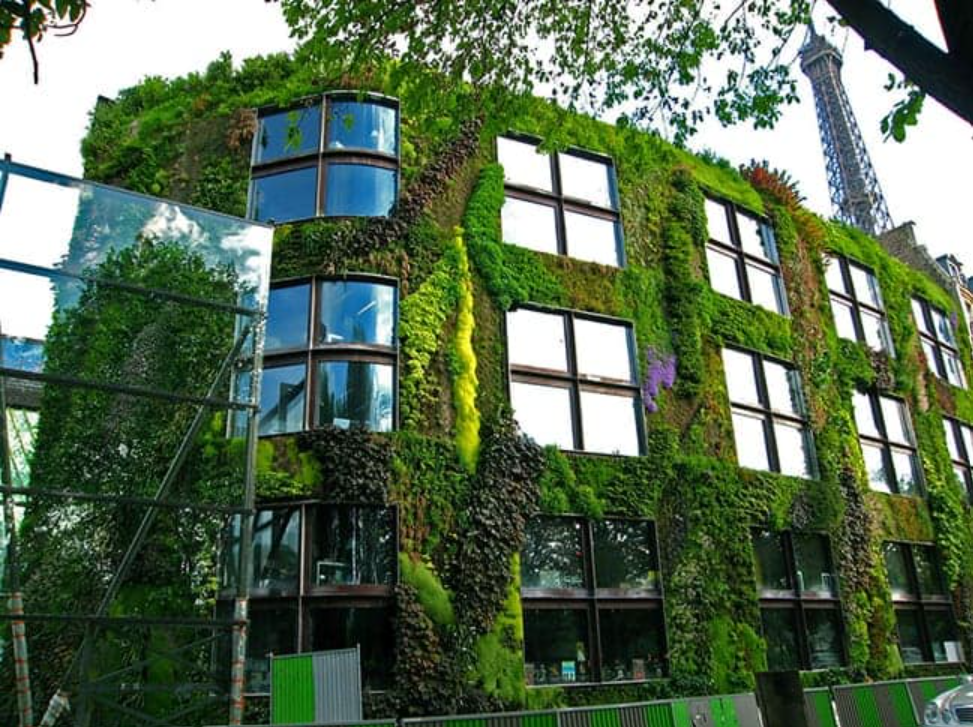Project
Uncovering The Impact Of Grey Cities
The rise of grey facades
As cities expand and urbanization accelerates, we are surrounded by an increasing number of grey facades—concrete, brick, and glass that dominate our environments. Have you ever walked through your city in the peak of summer, feeling the heat radiating off buildings? These grey structures contribute to the urban heat island effect, making cities hotter and more challenging to live in. But the impact of grey facades doesn’t end there. They effect our well-being, our mental health, and the very air we breathe. As we look at these facades, we must ask: what kind of city do we want to live in?
CHALLENGE
Our challenge is to understand the broader impacts of grey facades in urban areas and demonstrate the benefits of green facades. Specifically, we aim to compare the effects of grey facades—those made of concrete or bricks—on urban heat islands, mental awell being, and safety, versus the potential improvements from biophilic or green facades.
The questions we want to have answered:
- How to collect data on grey facades?
- What are the effects/impacts of grey facades?
- How to showcase the current state of grey facades convincingly?


